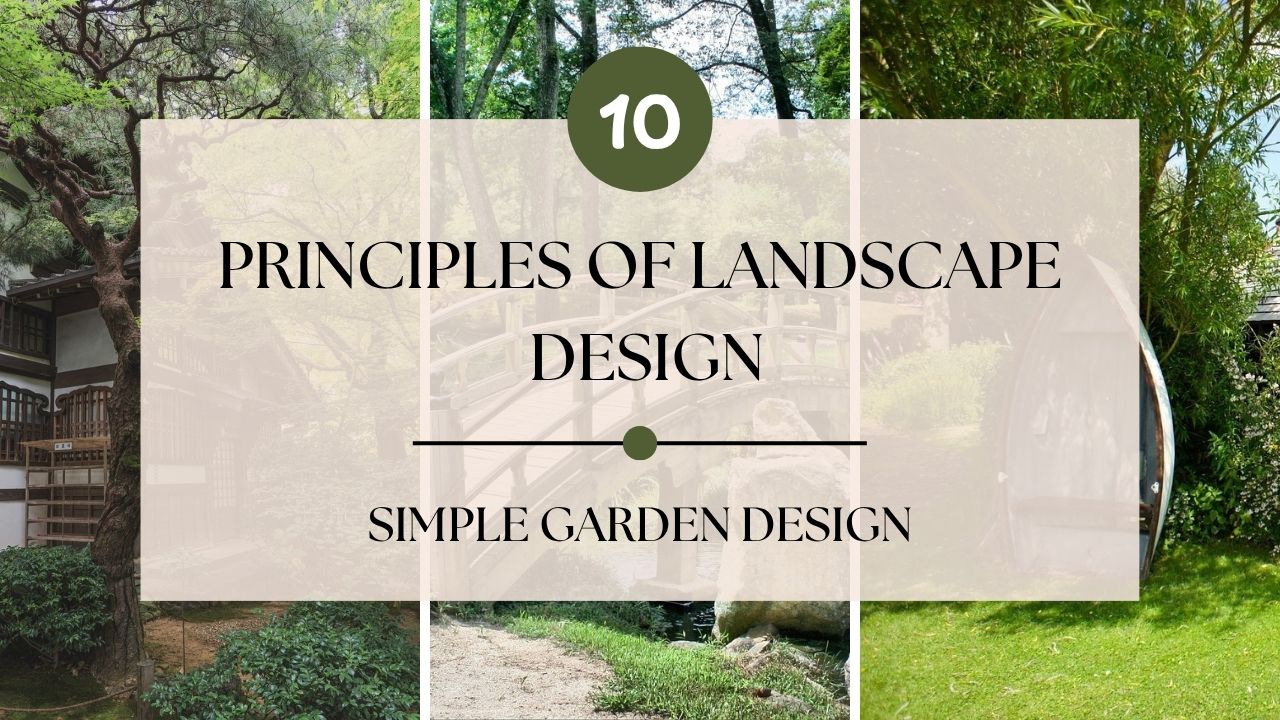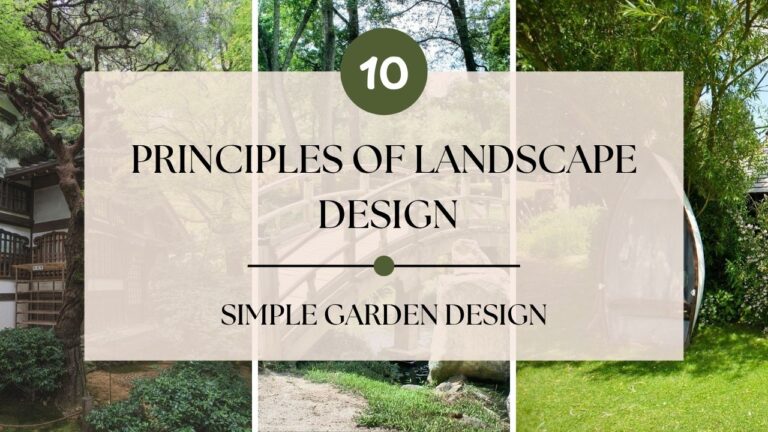What Are The 10 Principles of Landscape Design with Examples? Simple Garden Design Ideas for Home
Designing a garden at home can feel overwhelming, but the truth is: you don’t need a degree in landscaping to create something beautiful. Whether you live in a cozy village or a modern city apartment with a small backyard, understanding the 10 principles of landscape design will help you transform your outdoor space into a relaxing, aesthetic retreat.
Think of this as your real-life version of ACNH — but with real plants and fresh air!
Let’s explore each principle with examples and simple home garden ideas you can start today.
🎧 Prefer to listen instead of read? Click the play button below to hear the audio version of this article.
1. Unity — Bringing Your Garden Together
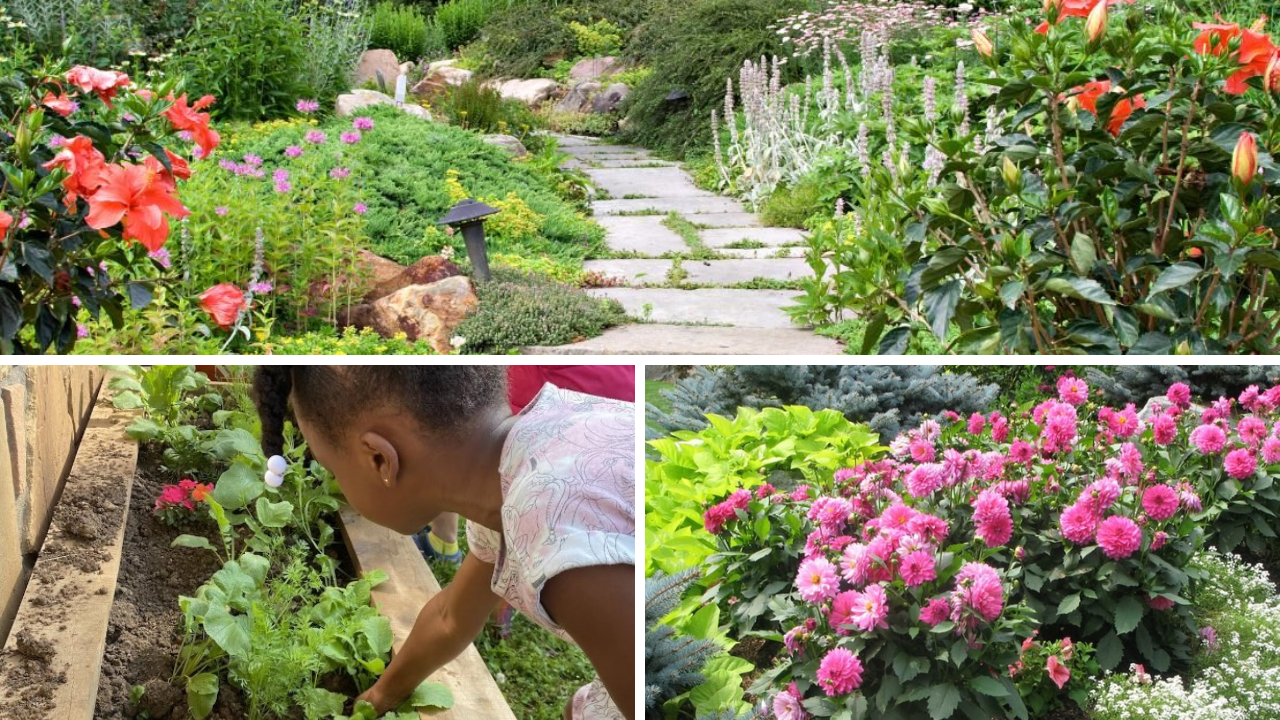
Unity is about making all the elements in your garden feel like they belong together. This doesn’t mean everything has to match perfectly, but there should be a sense of harmony.
In a small home garden, you can achieve unity by sticking to a consistent color palette for flowers and pots. For example, if you love soft pinks and whites, repeat those shades throughout your garden beds, hanging baskets, and even your outdoor cushions.
In a quaint village garden, unity might come from using local stone for pathways, matching the natural scenery. Just like designing an island in ACNH, repeating certain elements creates a cohesive feel that’s pleasing to the eye.
2. Balance — Visual Stability in Your Space
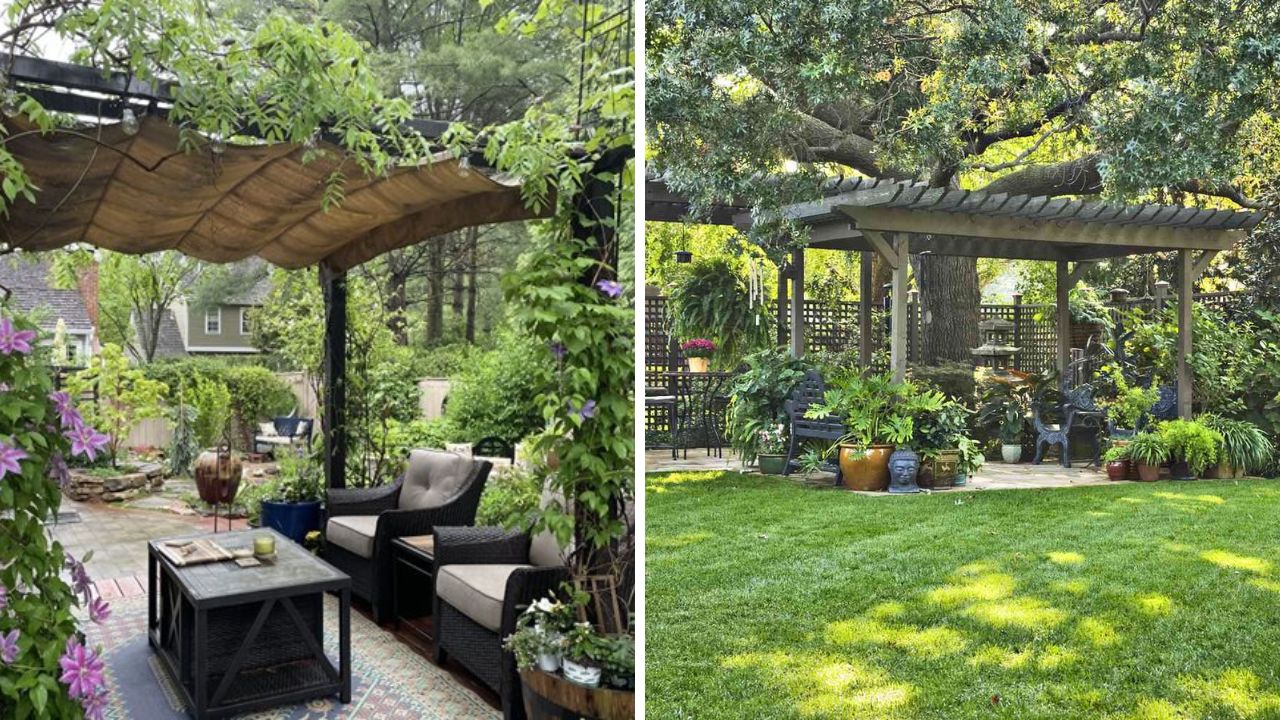
Balance can be symmetrical (mirror image on each side) or asymmetrical (different elements that still feel even). In small home garden ideas, symmetrical balance works well for formal styles, such as two matching potted plants flanking a front door.
Asymmetrical balance feels more relaxed — a large tree on one side balanced by several smaller shrubs on the other.
Pinterest-friendly gardens often use asymmetry to make the space feel more natural, especially for aesthetic outdoor corners where you want an effortless charm.
3. Proportion — Size Matters in Design
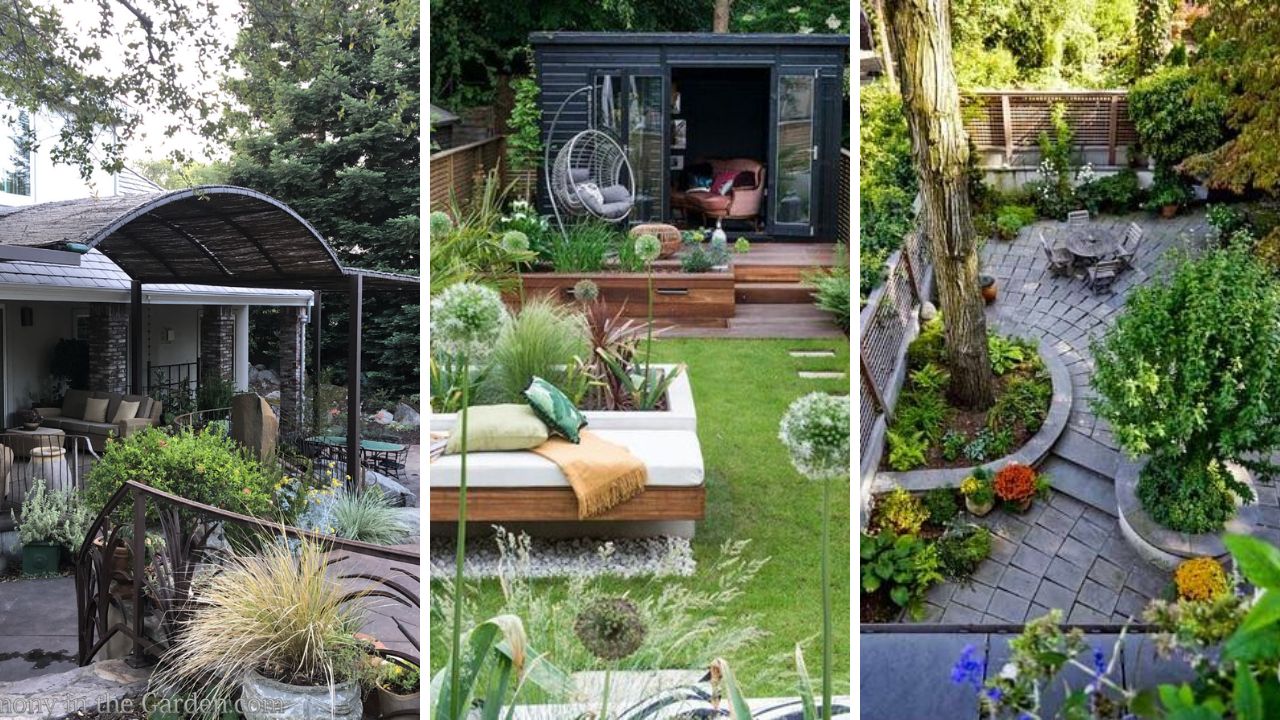
Proportion is about the relationship between different elements. In home gardens, it’s easy to accidentally overwhelm a space with plants that grow too big. For example, a giant palm tree in a small courtyard can feel out of place.
Instead, choose plants and decor that suit your garden’s size. If you have a tiny village backyard, opt for dwarf varieties of trees and compact flower beds. Think of ACNH where every item feels scaled perfectly to its surroundings — your real garden should feel the same.
4. Rhythm — Guiding the Eye Through the Garden
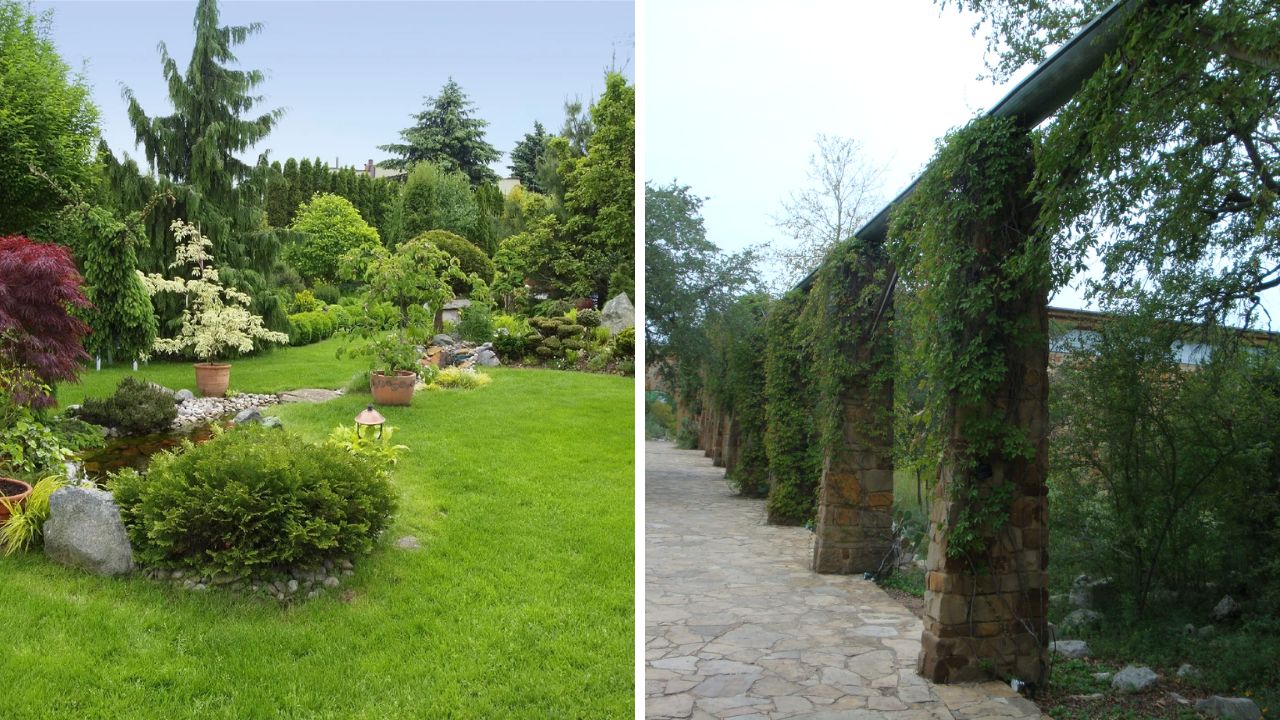
Rhythm in landscape design is created by repeating elements at regular intervals. This could be a row of lavender bushes lining a path, or repeating the same terracotta pot style throughout.
This principle is perfect for Pinterest visuals — repetition makes for stunning photos. In home garden ideas, rhythm can also be achieved with lighting: small solar lanterns placed evenly along a pathway make evenings magical.
5. Contrast — Creating Interest and Drama
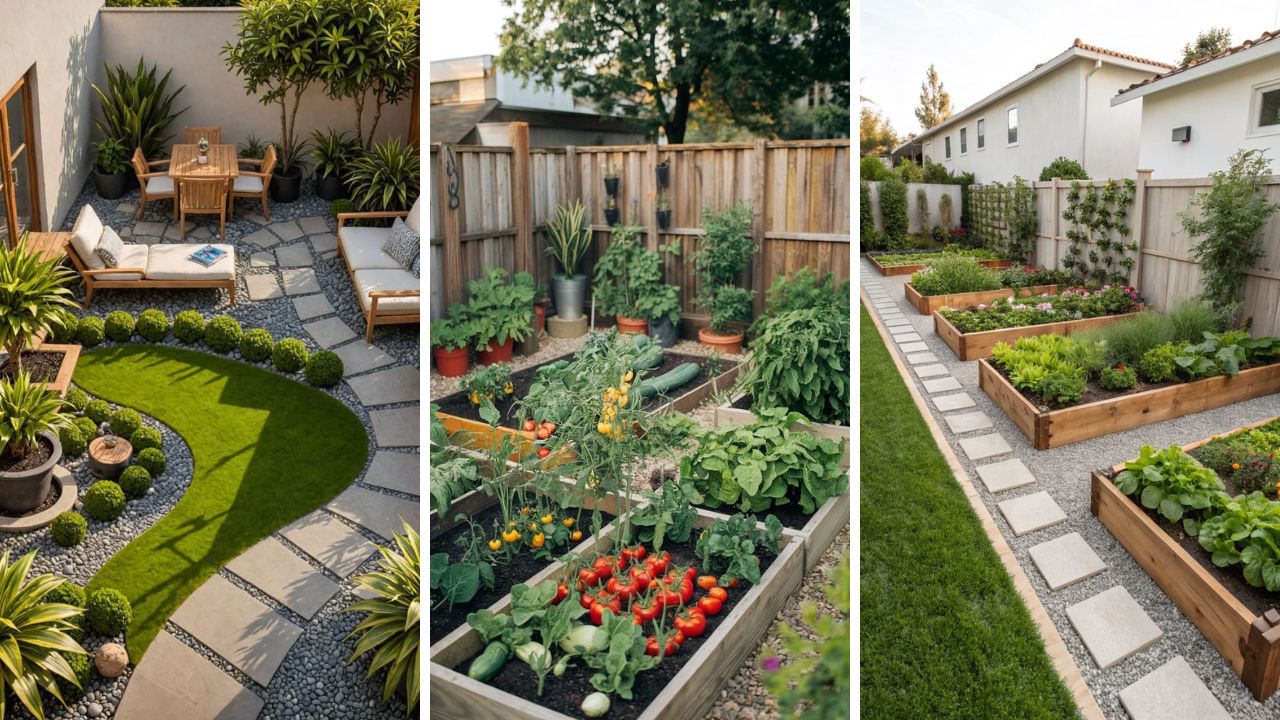
Contrast helps highlight certain elements in your garden. This can be done through color (bright flowers against dark foliage), texture (smooth stones next to rough bark), or shape (round shrubs beside tall, narrow plants).
In a village setting, contrast might be a modern metal sculpture placed among traditional roses — creating an unexpected yet aesthetic twist. Even in ACNH, mixing design styles makes your island more engaging — the same applies to your real garden.
6. Simplicity — Less Can Be More
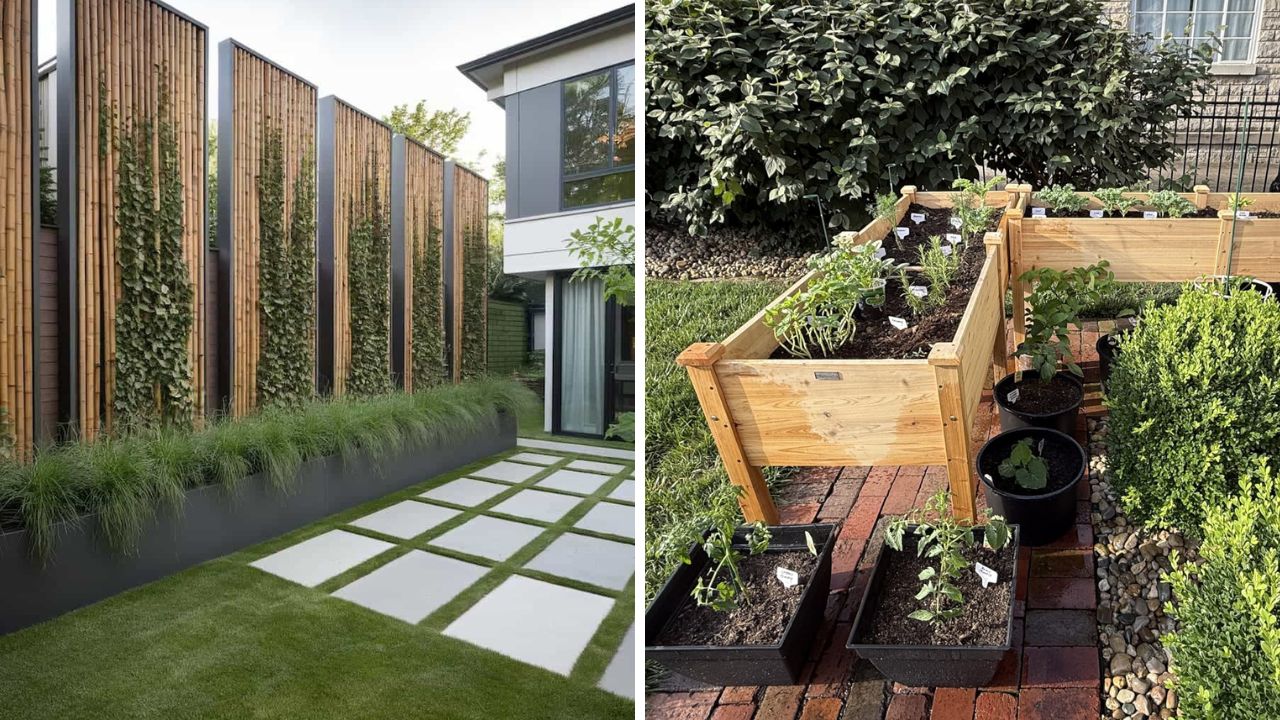
Simplicity doesn’t mean boring. It’s about avoiding clutter and keeping a design clean. Too many different plant species or decor styles can make a small home garden feel chaotic.
Instead, focus on a few statement plants and repeat them. For a minimal aesthetic, use greenery with simple lines — like ornamental grasses or neatly trimmed hedges — and let the natural textures shine.
7. Focal Point — The Star of Your Garden
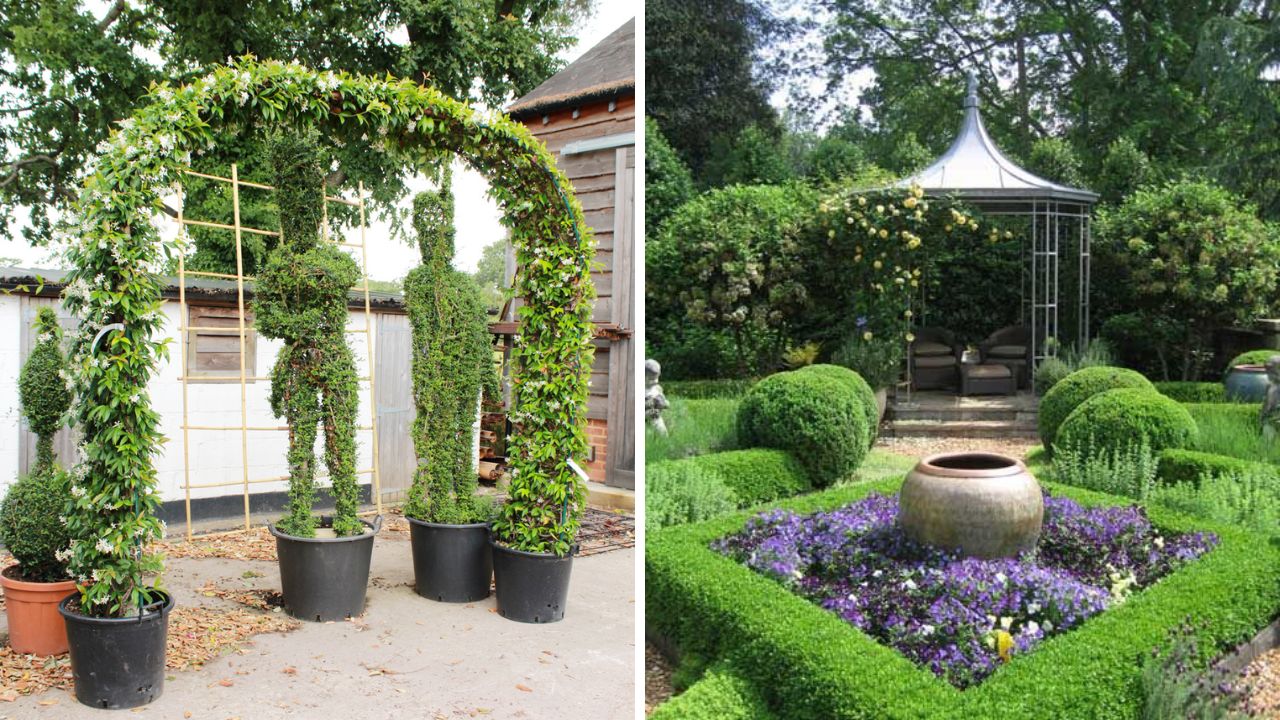
Every garden benefits from having a focal point — something that draws the eye. This could be a water fountain, a vibrant flower bed, or even a cozy seating nook.
For Pinterest-ready home garden ideas, place a swing chair surrounded by climbing roses, or a rustic bench under a flowering tree. In ACNH, a well-placed piece of furniture transforms a spot instantly — the same principle works in your yard.
8. Color — Setting the Mood
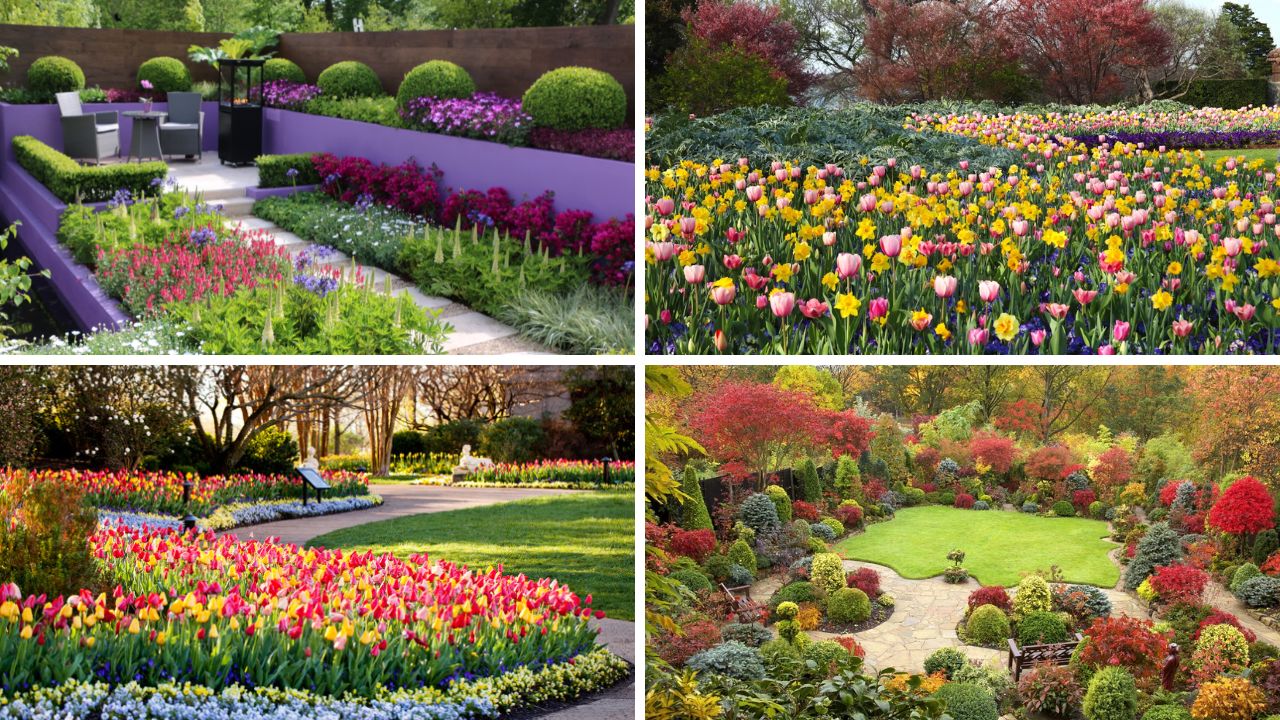
Color is one of the most powerful tools in garden design. Warm colors (reds, oranges, yellows) create excitement, while cool colors (blues, purples, greens) promote calm.
In a village garden, soft pastels can complement the countryside charm. For a bold aesthetic, go with jewel tones in pots and flowers. Just remember to repeat colors for unity.
9. Line — Guiding Movement and Flow
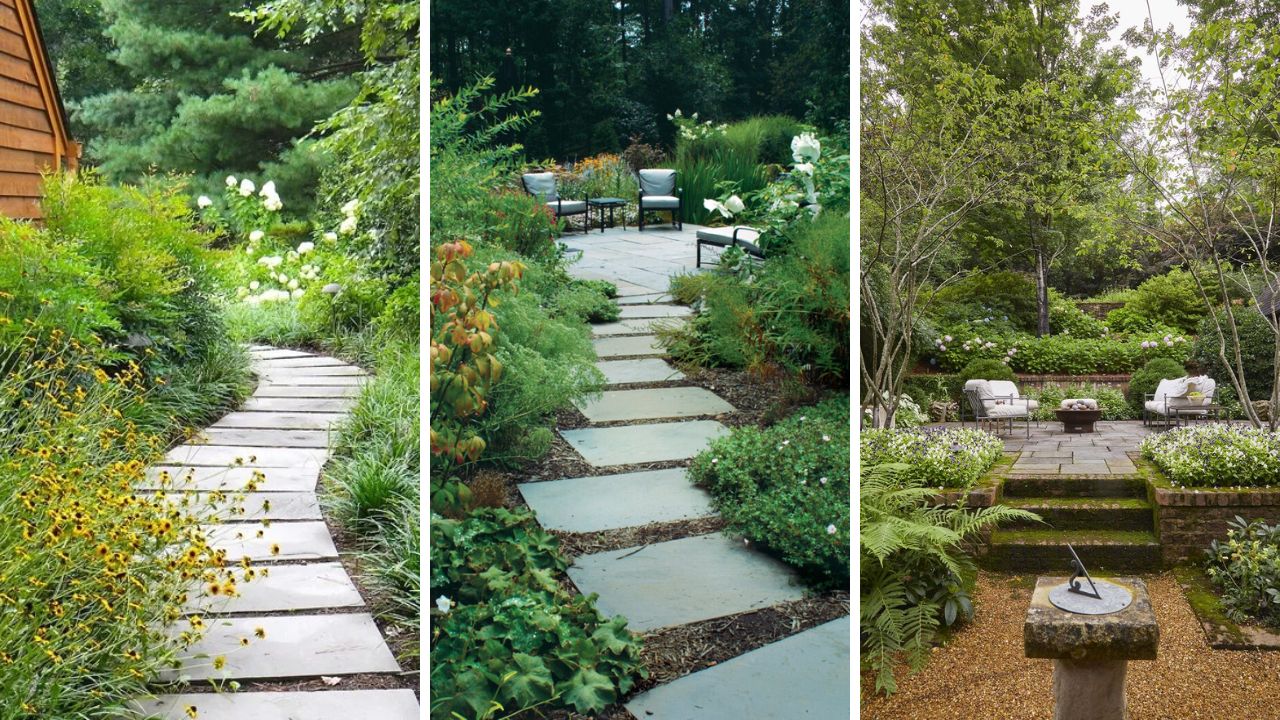
Lines in the garden come from pathways, fences, and the edges of flower beds. Curved lines create a relaxed feel, while straight lines feel more formal.
If you want that Pinterest aesthetic, consider adding a winding stone path that leads visitors through your garden — much like walking through an ACNH island path lined with flowers.
10. Texture — Adding Depth and Interest
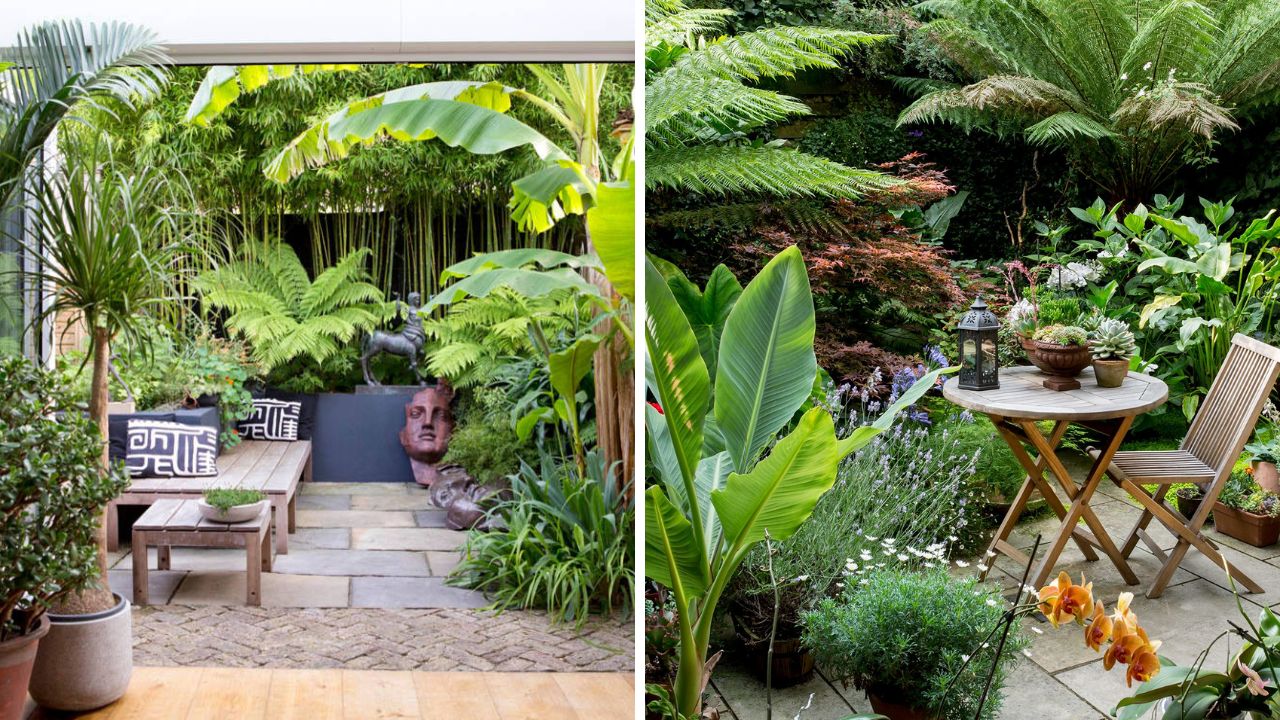
Texture refers to the surface quality of plants and materials — smooth, rough, soft, or shiny. A mix of textures keeps your garden from feeling flat.
For example, pair the softness of ferns with the roughness of stone walls. In a village setting, natural wood furniture can add a cozy, organic touch. Pinterest users love textured gardens because they photograph beautifully.
Summary
Creating your dream garden isn’t just about planting flowers — it’s about understanding how the 10 principles of landscape design work together. From unity and balance to texture and color, each principle helps you craft a space that’s both functional and beautiful.
Whether you’re working with a small home garden, a sprawling village backyard, or just want an aesthetic outdoor escape like your favorite ACNH island, applying these principles will help you design a garden you’ll love for years to come.

